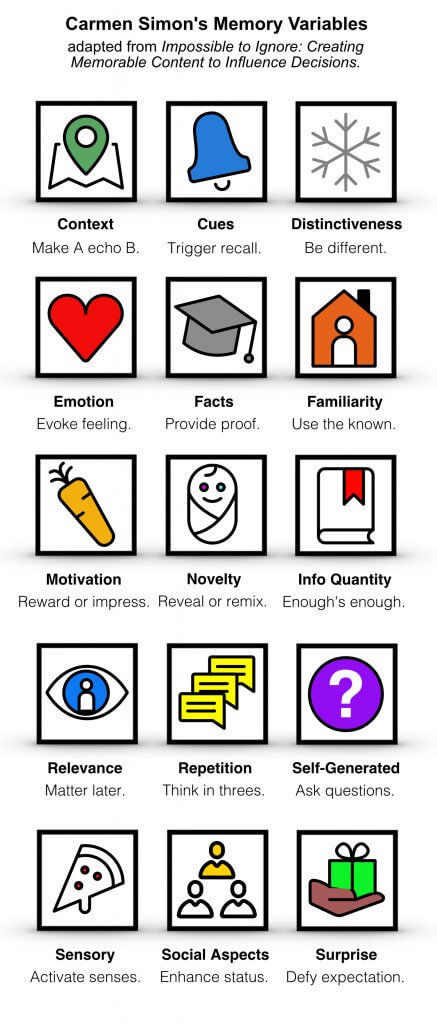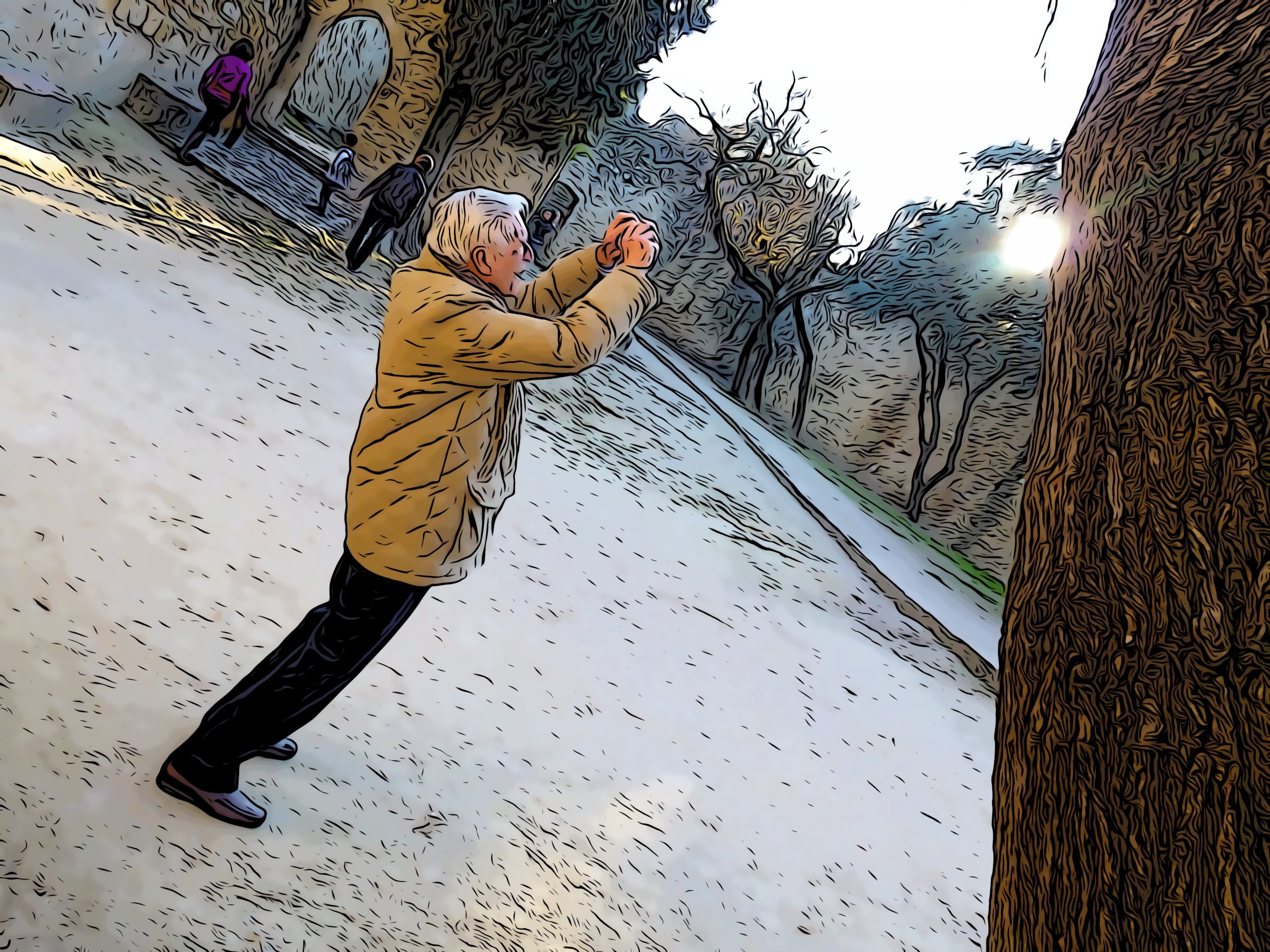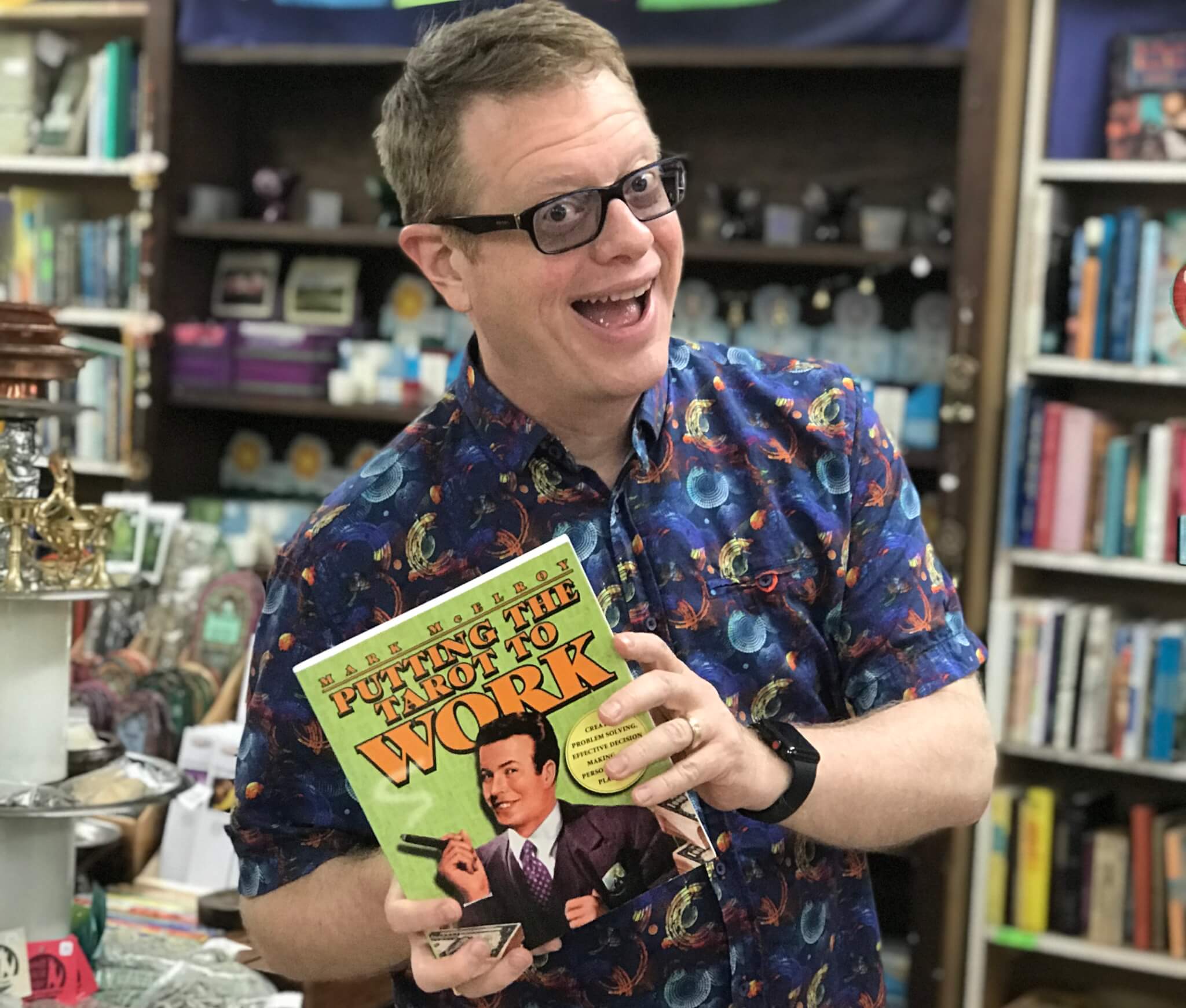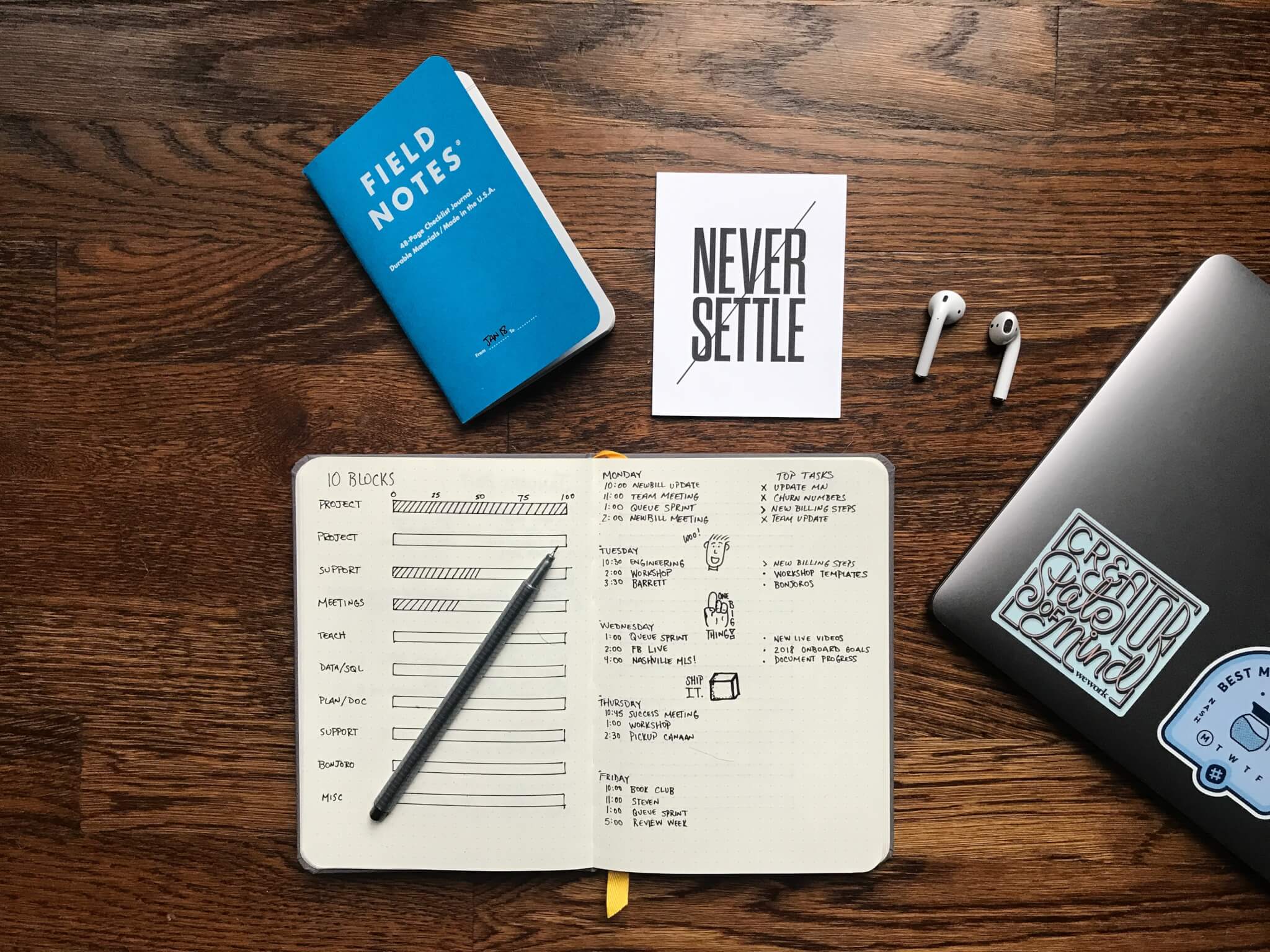Storytellers, looking for ways to sharpen our skills, often turn to the Internet for inspiration. But all too often, when we Google “better presentations” or “more effective writing,” we get back ads for free PowerPoint templates and links to a few thousand click-bait articles (“Seven Headline Secrets That Will Send Blog Traffic Through the Roof!”).
More than Marketing
Long ago, I bought into the value of a story called “science” and a related little tale called “research.” So when I go looking for techniques I can use to improve my own storytelling, I prefer evidence-based insights to thinly-disguised marketing copy. That’s why I’ve fallen in love with Carmen Simon’s Impossible to Ignore: Creating Memorable Content to Influence Decisions. Simon, a neuroscientist, avoids platitudes, brushes aside distractions, and identifies the biggest challenge facing those of us who hope to influence how others think and act: our messages must be memorable.
Let’s say you make a presentation encouraging people to donate to the Humane Society. (A good thing to do, by the way.) You pack your slides with emotional images and sobering facts. The audience receives the message with enthusiasm. People leave the session feeling good about you, your presentation, and your cause.
But then: no donations.
What happened? Simon suggests your message simply wasn’t structured in a way that makes it memorable. As a result, in the time that elapsed between hearing your message and having an opportunity to give, the audience forgot their intention to take action.
What Makes Messages Memorable?
Don’t take that news too hard. According to Simon’s research, within two days, audiences forget ninety percent of pretty much any content. (Her more recent studies suggest they forget even more.)
But there’s hope! Simon offers a toolkit of practices based on the neuroscience of memory, including fifteen variables you can introduce with varying frequency to make your messages more memorable. Storytellers can pepper a few of the variables throughout the presentation at to help people remember the gist of a message … or we can use more of them at higher frequencies to prompt people to do the right thing when opportunities for action present themselves.
The Fifteen Variables
Ironically, the book offers no mnemonic or visual summary to help readers recall the fifteen variables! So, as I read, I sketched a chart for my own use. Honestly? It’s so basic, I hesitate to share it. But this little chart (or, perhaps, the act of making it) really helped me commit the variables to memory:

Presentations that Prompt Action
So, with an eye toward making the aforementioned presentation more effective, a storyteller might consider deploying:
Context. Where will donors be when they donate? Browsing the web on a phone or iPad? If so, integrate phones and iPads into your slide images, or show the Human Society web site on an iPad screen. You might also include a story about how easy it is to make a donation online.
Cues. What might the audience be shown now, during your presentation, that could remind them to give when they get home? You might link donating to a story about how happily pets greet us when we get home; as a result, when the audience get home and their pets greet them, they might be prompted to donate.
Distinctiveness. One key slide — say, the “Please donate today!” slide — could be designed to look completely different from the others, making it stand out in the audience’s memory.
And so on. Simon’s book goes so far as to outline, based on extensive testing, the exact number and frequency of these variables needed to make your messages as memorable as possible.
On a Personal Note
As a frequent presenter and full-time storyteller, I’m very much aware that some presentations and stories I’ve created are more “sticky” than others. When I went back to review some of the most memorable messages I’ve crafted, I found these incorporated many of Simon’s principles already … so now, I’m eager to start doing more deliberately what I’ve been doing reflexively in the past.
If you’re engaged by this material and want to know more, the next time you go to Amazon.com looking for something to read (see what I did there?), you should buy the book.
Selected Highlights
#memory “People act on what they remember … the latest scientific findings place memory at the heart of adaptive behavior and decision-making.”
#memory “To be on people’s minds, you must become part of their reflexes, habits, and/or goals they consider valuable.”
#memory “The mistake some people make when trying to influence others’ memory is that they overestimate the importance of goals and underestimate the impact of existing reflexes and habits.”
#memory “The advantage of remembering the past comes from using it to preexperience his future, to predict and prepare for what happens next.”
#memory “It is pragmatic to ask, what is happening in people’s lives, and what do they intend to do at Point B? If we know this already at Point A, we can prepare for Point B so we can become part of people’s memories and intentions … You are a choreographer of delayed intentions.”
Photo Credit: Teemu Paananen on Unsplash







